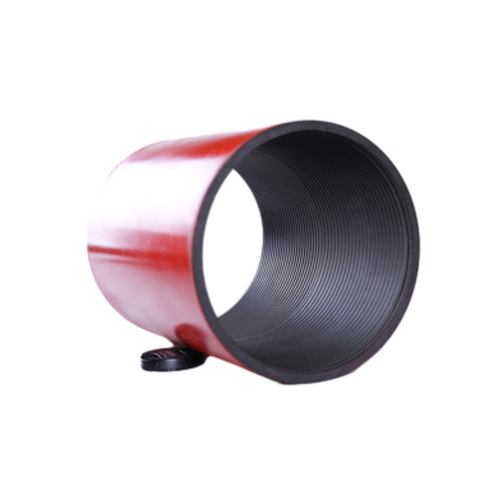- Afrikaans
- Albanian
- Amharic
- Arabic
- Armenian
- Azerbaijani
- Basque
- Belarusian
- Bengali
- Bosnian
- Bulgarian
- Catalan
- Cebuano
- Corsican
- Croatian
- Czech
- Danish
- Dutch
- English
- Esperanto
- Estonian
- Finnish
- French
- Frisian
- Galician
- Georgian
- German
- Greek
- Gujarati
- Haitian Creole
- hausa
- hawaiian
- Hebrew
- Hindi
- Miao
- Hungarian
- Icelandic
- igbo
- Indonesian
- irish
- Italian
- Japanese
- Javanese
- Kannada
- kazakh
- Khmer
- Rwandese
- Korean
- Kurdish
- Kyrgyz
- Lao
- Latin
- Latvian
- Lithuanian
- Luxembourgish
- Macedonian
- Malgashi
- Malay
- Malayalam
- Maltese
- Maori
- Marathi
- Mongolian
- Myanmar
- Nepali
- Norwegian
- Norwegian
- Occitan
- Pashto
- Persian
- Polish
- Portuguese
- Punjabi
- Romanian
- Russian
- Samoan
- Scottish Gaelic
- Serbian
- Sesotho
- Shona
- Sindhi
- Sinhala
- Slovak
- Slovenian
- Somali
- Spanish
- Sundanese
- Swahili
- Swedish
- Tagalog
- Tajik
- Tamil
- Tatar
- Telugu
- Thai
- Turkish
- Turkmen
- Ukrainian
- Urdu
- Uighur
- Uzbek
- Vietnamese
- Welsh
- Bantu
- Yiddish
- Yoruba
- Zulu
tubing and casing
Tubing and Casing Essential Components in Oil and Gas Operations
In the oil and gas industry, the successful extraction of hydrocarbons relies heavily on the integrity and design of wellbore systems
. Among the key components in this process are tubing and casing, which play vital roles in ensuring safe and efficient operations.Casing is the steel pipe that lines the borehole after drilling is completed. One of its primary functions is to provide structural integrity to the well, preventing the collapse of the surrounding formation. Casing also serves to isolate different formations within the wellbore. By preventing the unwanted migration of fluids between layers of rock, casing helps to protect groundwater and maintain the geological environment. Additionally, it forms a conduit for extracted fluids, guiding them to the surface and facilitating efficient flow.
Casing is categorized into several types, reflecting its various applications and requirements. The most common types include surface casing, intermediate casing, and production casing. Surface casing is the first layer installed and provides support and protection for the upper section of the well. Intermediate casing extends deeper into the well, providing additional structural support and isolation between different geological formations. Production casing, on the other hand, is installed in the section of the well from which oil or gas will be produced. Each of these casings is critical in mitigating risks associated with well integrity and environmental safety.
tubing and casing

Tubing, in contrast, is a smaller-diameter pipe that is placed inside the casing once the well is ready for production. Its primary function is to transport the hydrocarbons extracted from the reservoir to the surface. Tubing must be designed to withstand various pressures and temperatures, as well as the corrosive effects of the produced fluids. The selection of tubing material is often based on the specific conditions expected in the well, including the type of hydrocarbons and the presence of contaminants. Common materials include carbon steel and special alloys that offer enhanced resistance to corrosion.
The installation of tubing requires careful consideration of several factors, such as the expected production rates and the type of completion design being used. A well-designed tubing system can significantly enhance the efficiency of hydrocarbon extraction while minimizing maintenance and operational costs.
In conclusion, both tubing and casing are indispensable components in oil and gas well construction and operation. While casing provides structural integrity and environmental protection, tubing facilitates efficient resource extraction. As technology continues to advance, innovations in materials and design processes promise to further enhance the reliability and effectiveness of these critical components, ultimately contributing to the sustainability and profitability of oil and gas operations. As the demand for energy persists, the importance of proper casing and tubing design will remain a cornerstone of successful well management in the industry.
-
Tubing Pup Joints: Essential Components for Oil and Gas OperationsNewsJul.10,2025
-
Pup Joints: Essential Components for Reliable Drilling OperationsNewsJul.10,2025
-
Pipe Couplings: Connecting Your World EfficientlyNewsJul.10,2025
-
Mastering Oilfield Operations with Quality Tubing and CasingNewsJul.10,2025
-
High-Quality Casing Couplings for Every NeedNewsJul.10,2025
-
Boost Your Drilling Efficiency with Premium Crossover Tools & Seating NipplesNewsJul.10,2025







